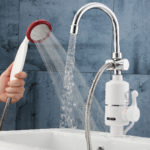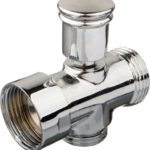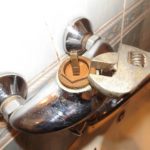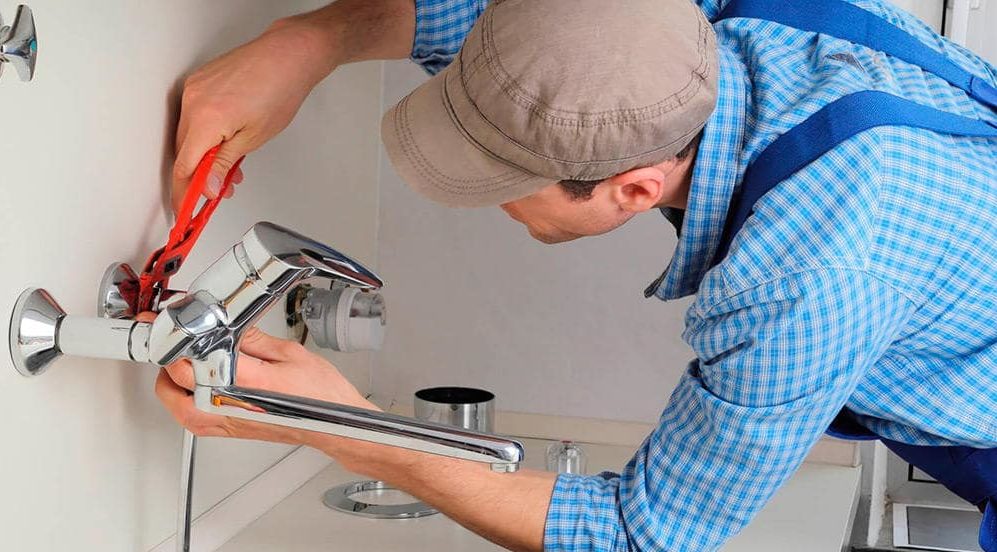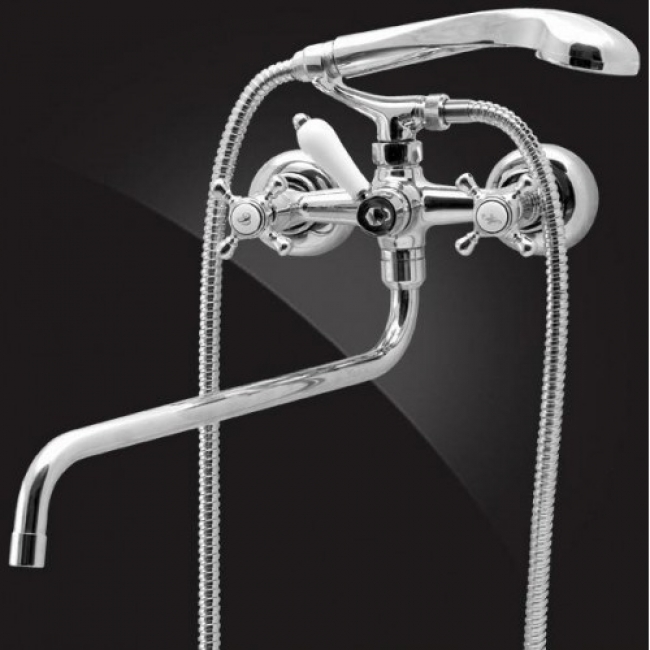How to disassemble the shower switch on the faucet
Any device fails sooner or later. The only exceptions can be considered those devices that are always stored in a packaged form and are not used. And faucets break down with enviable regularity. There can be a huge number of reasons, but if you understand how to disassemble the switch, then it is quite possible to repair the mixer yourself and not spend money on purchasing a new one.
The content of the article
What types of switches are there on the mixer?
All switches that are on shower faucets can be classified according to their design features and the principle of their operation. Based on the design features, the following stand out:
- Cartridge. Most often this option is chosen. The locking mechanism is represented by a cartridge; when the lever is turned, it changes its position.
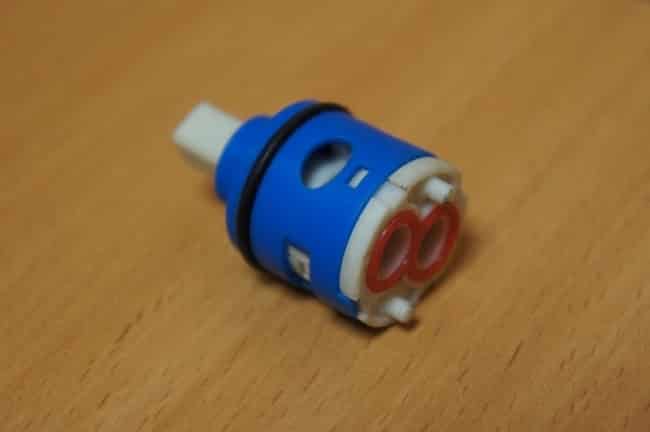
- Spool valves. They are placed on mixers with thin walls. The same ones were used in models of the Soviet period. The water flow is regulated by a spool valve.
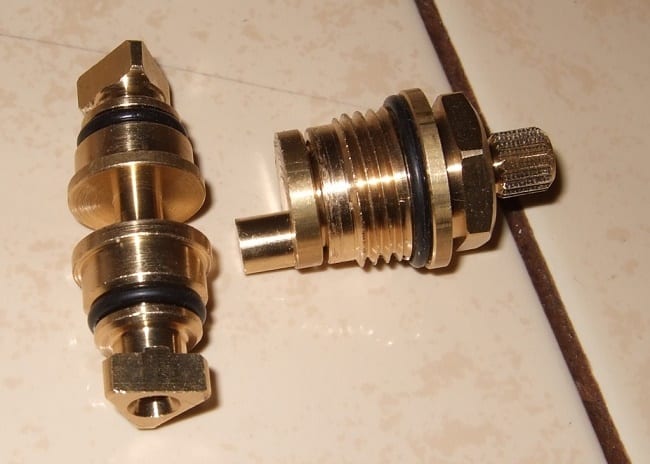
- Cork. They are similar in design to spool valves, but are considered a newer option. Additionally, there is a spring that holds the rod. When you lift the switch, the spring is tensioned, fixes the rod, and water begins to flow into the watering can. After the next press of the switch, the rod returns to its original position and water rushes into the tap.
Differences in design also affect the features of faucet repair.
How to disassemble and remove the shower switch on the faucet
As already mentioned, all devices have their own design features, which determines the differences in disassembling and repairing products.
Suberic
Plug switches have their own division into three categories. They are:
- Manual. Switching is done by hand.
- Automatic. After a certain time, the switch itself returns to its normal state.
- In the so-called Soviet period, shifting was regulated by a turning mechanism. Currently a virtually unused option.
First of all, we turn off the water, unless, of course, there is a desire to start a small, and not necessarily victorious, war with our neighbors. Next, we get rid of the overlay that serves as decoration. Under the cover we can see the connection thread. Using a screwdriver, carefully unscrew the bolt and remove the upper half of the handle.
Next, everything will depend on what type of locking mechanism is installed:
- First you need to remove the decorative nut; often it is not even screwed on. When removing it, you should not use adjustable wrenches - this will easily ruin the appearance.
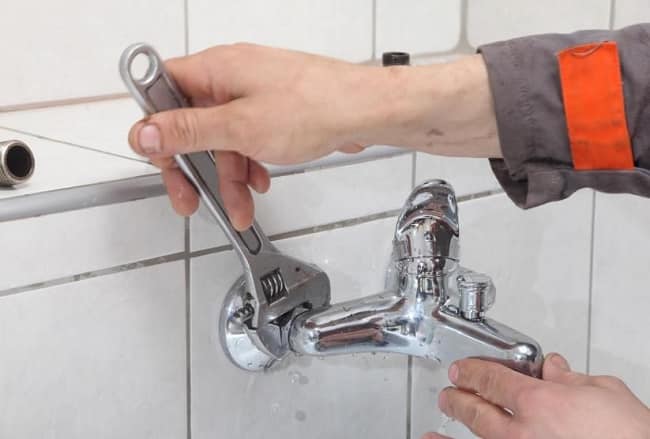
- The decorative nut covers the fixing one. This is where the locking mechanism is held. In a cartridge, accordingly, it is a ceramic cartridge, and in a ball, it is a ball. Using an adjustable wrench, unscrew the fixing nut.
- Next you need to remove the switch itself.
- We unscrew it with the same adjustable wrench. As soon as we feel that nothing prevents the mechanism from rotating freely, we put the key aside and twist it completely by hand so as not to harm the spring and gasket.
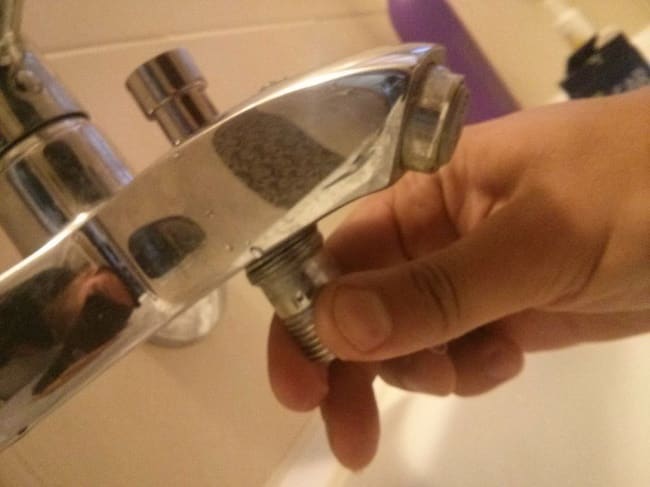
- The composition of a spring, or in other words, a rod switch, includes a rod, springs and a locking mechanism, as well as o-rings. We unscrew the nut that helps switch the flow from the tap to the watering can. We check the spring - for the lock to function, it must be flexible.
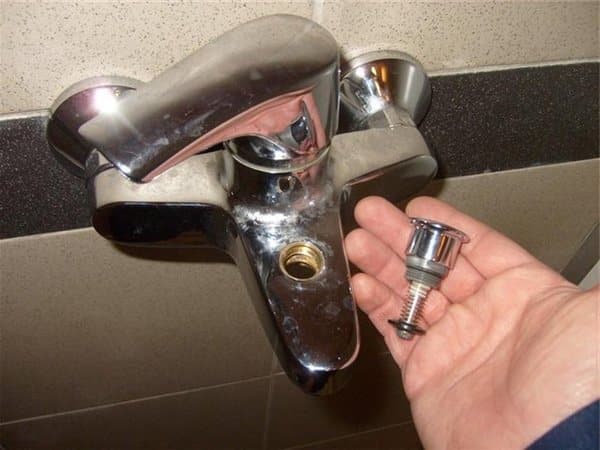
- By removing the thrust nut, we get rid of the plastic washer that holds the rod. We see a spring under it. Let's take it out. We do this carefully, trying not to bend it.
- Having replaced the mechanism, we put everything back together.
Reference. On Soviet versions of cork switches, first remove the handle, and then the switch.
Spool
If the mixer has a spool switch, then the steps to disassemble it will be slightly different:
- We unscrew the lower half, namely the hose and switch. You can take an adjustable wrench or a suitable sized wrench.
- Unscrew the nut and remove the hose from the switch. This is easier to do with an adjustable wrench.
- Next, unscrew the switch.
Spool-type switches, which do not require complete disassembly, are still widely used. You just need to unscrew the locking part, after which the mechanism can be removed.
Such options are not very popular; they simply cannot be repaired. When we see a leak on such a faucet, we safely throw it away and buy another one.
Ball
In mixers with two valves, as a rule, locking mechanisms in the form of a ball are installed. It is the ball that is responsible for regulating the pressure and temperature of the water. From it there is a connection to the rod and valves. By rotating the handle, we change the position of this ball, the pressure changes accordingly, and the direction also changes from the tap to the watering can or vice versa.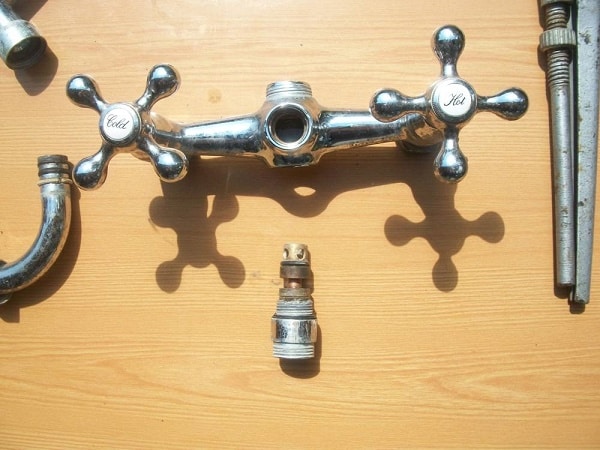
Let's look at how this type of switch is disassembled:
- On the top side of the mixer we find the clamping nut and pull it out. It is needed to attach the shower hose to the body. Simply remove it with a regular screwdriver.
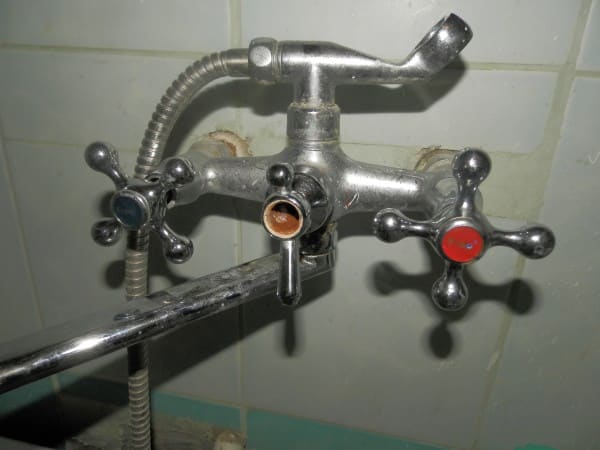
- By removing the shower together with the nut, we will gain access to the hole for the bushing, where we can see a hexagon-shaped plate. She holds the locking ball. Unscrew and remove the plate.
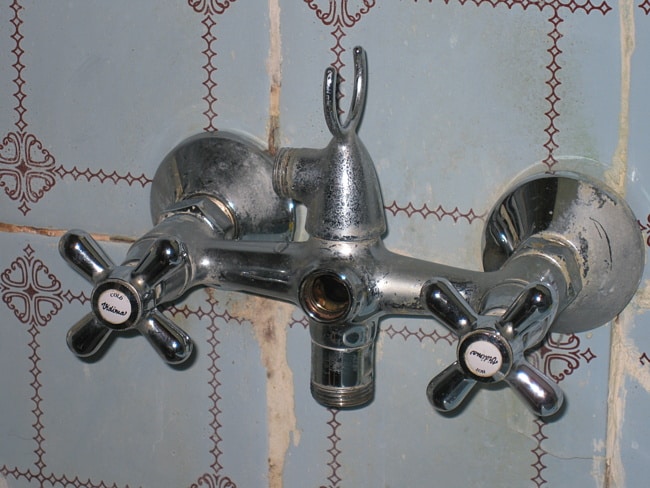
- Next, unscrew the knob that adjusts the ball. First you need to get rid of the plate. There is a bolt behind it that needs to be unscrewed.
- You don't need a key to remove the handle. It does not have a threaded connection. It should be noted that the handle is usually made of silumin, and this is a rather fragile material.
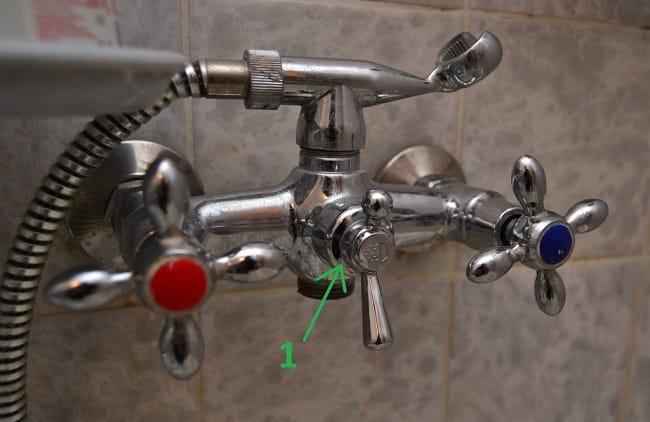
- There is a rod under the handle itself, we unscrew it. Having unscrewed it, you can safely remove it, and then proceed directly to its repair.
During reassembly, do not be too lazy to wrap all threaded connections with foam; at the same time, it would be a good idea to change the gaskets and O-rings. It would be useful to do preventive maintenance every year, changing the seals if necessary.

